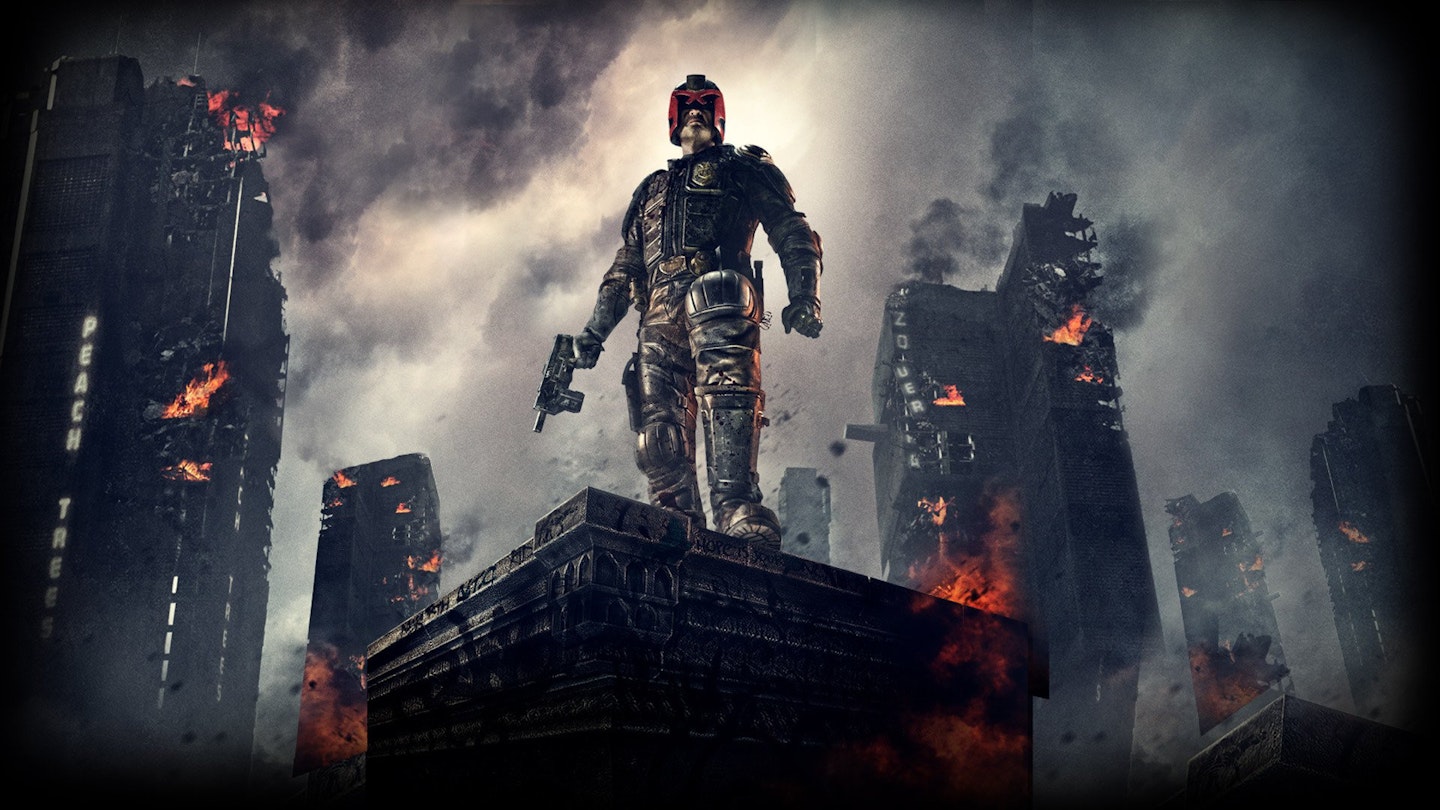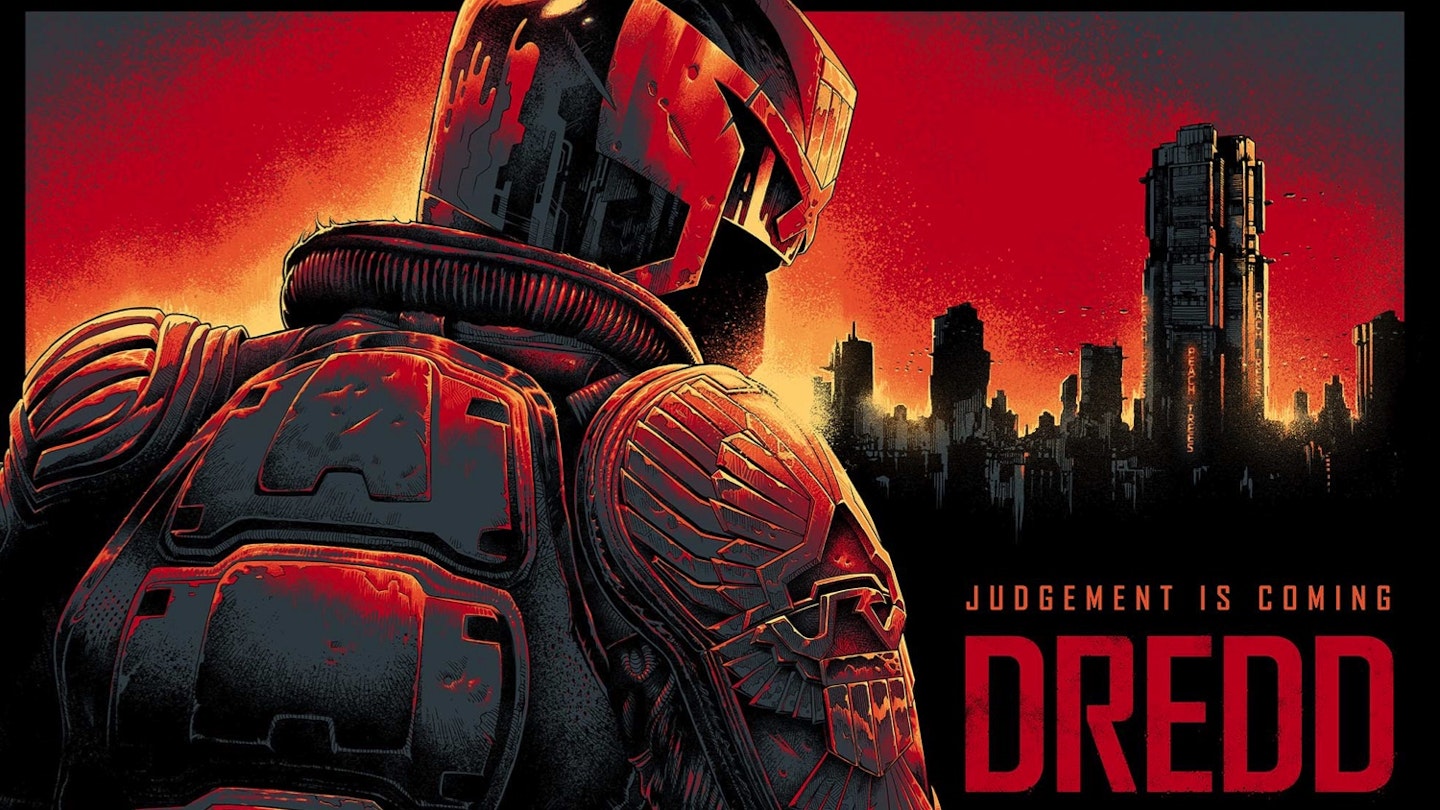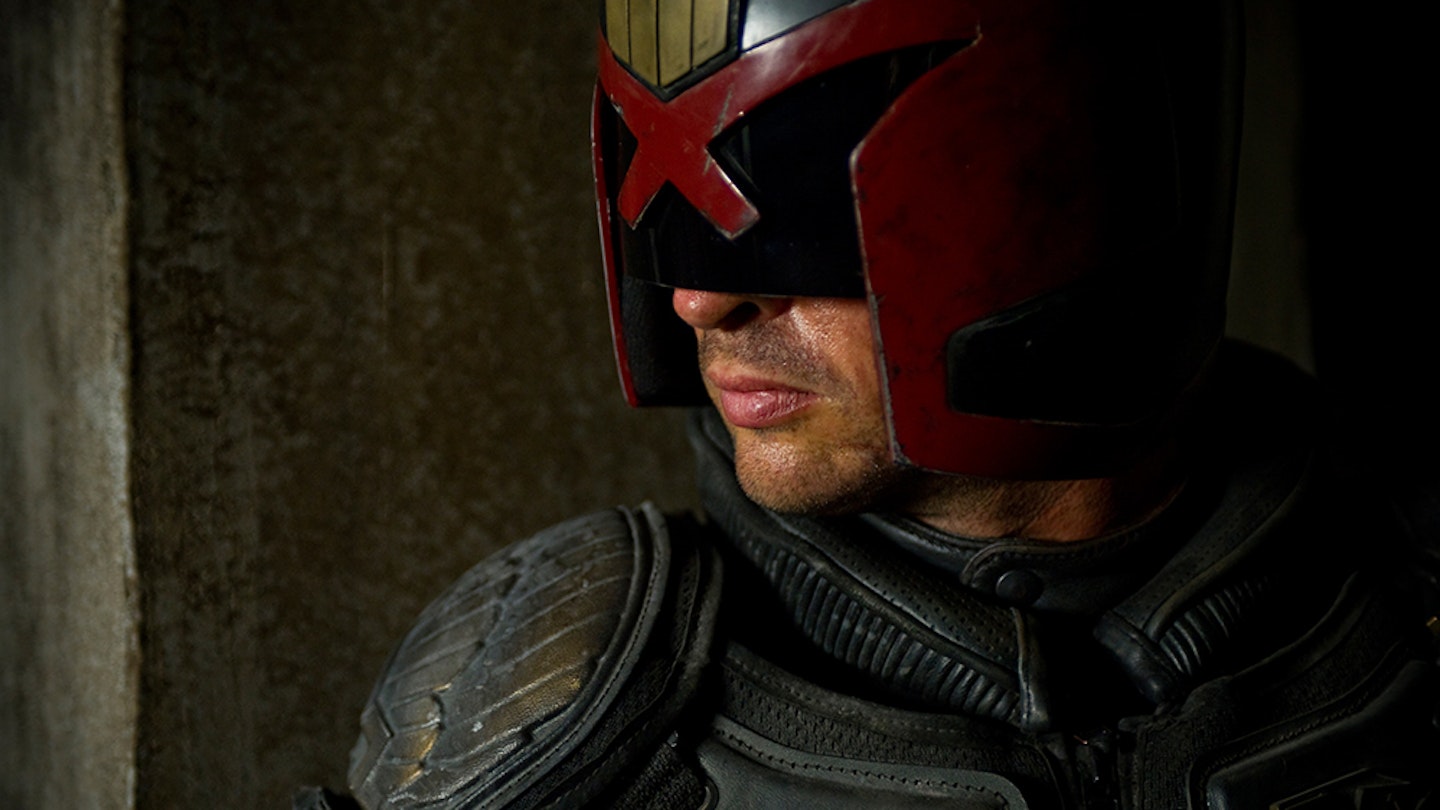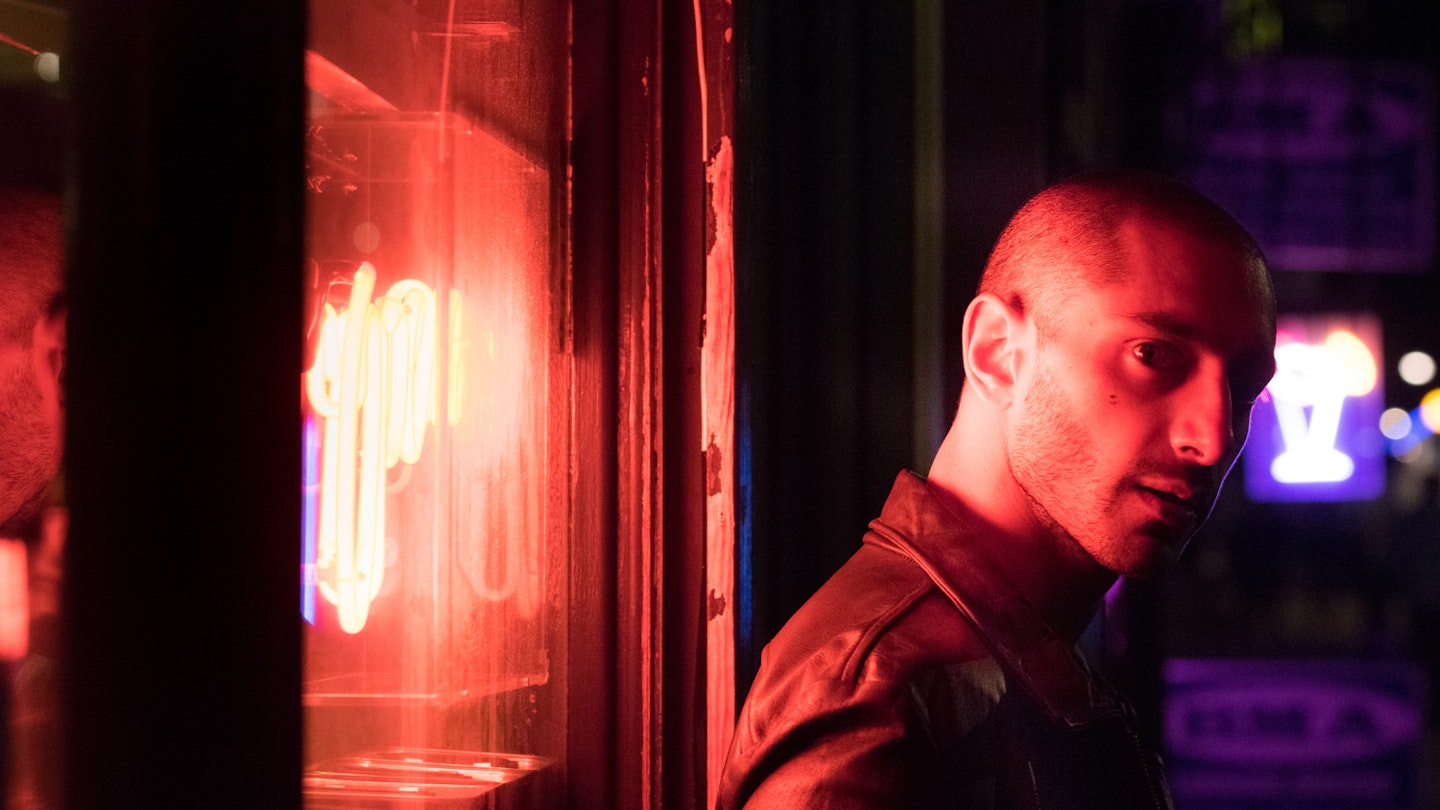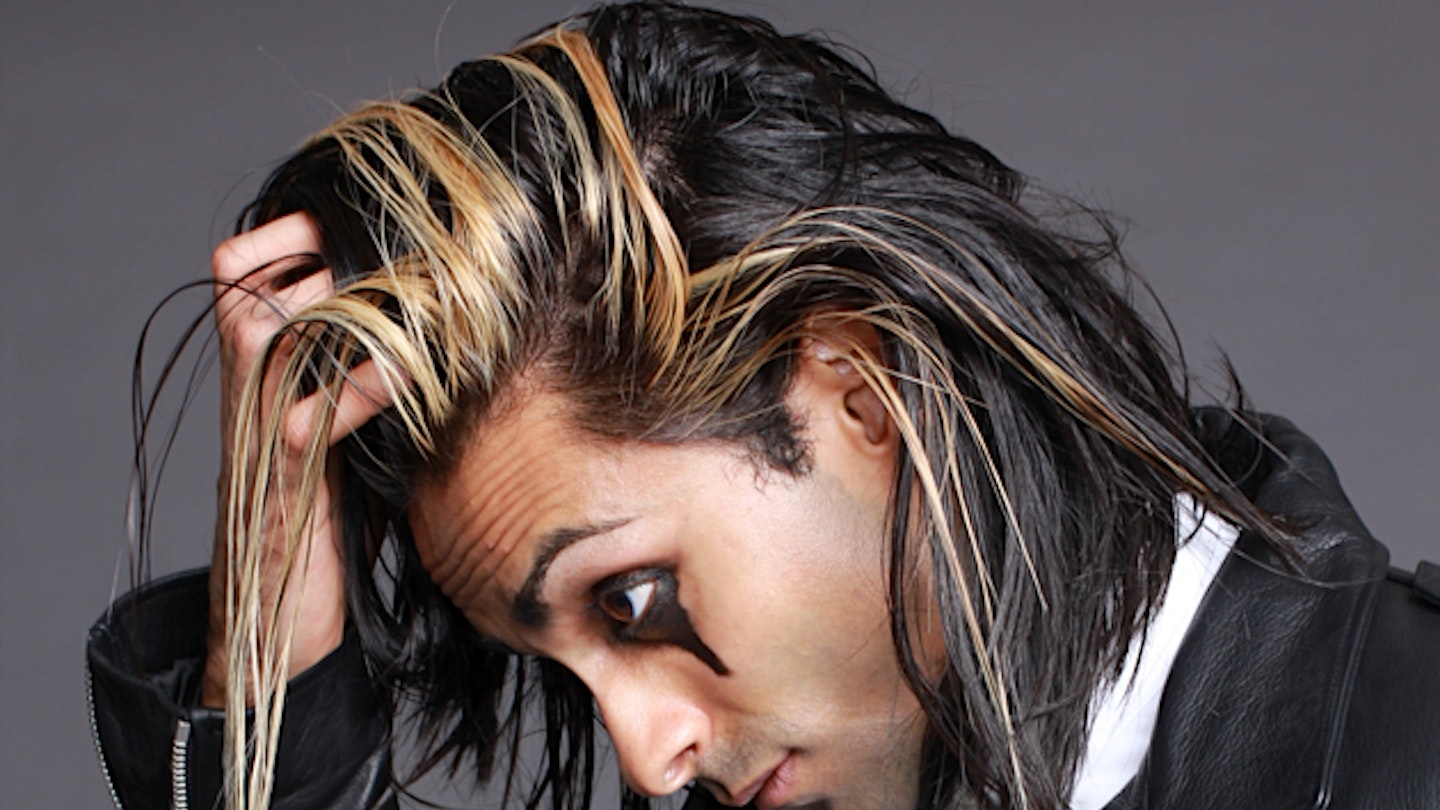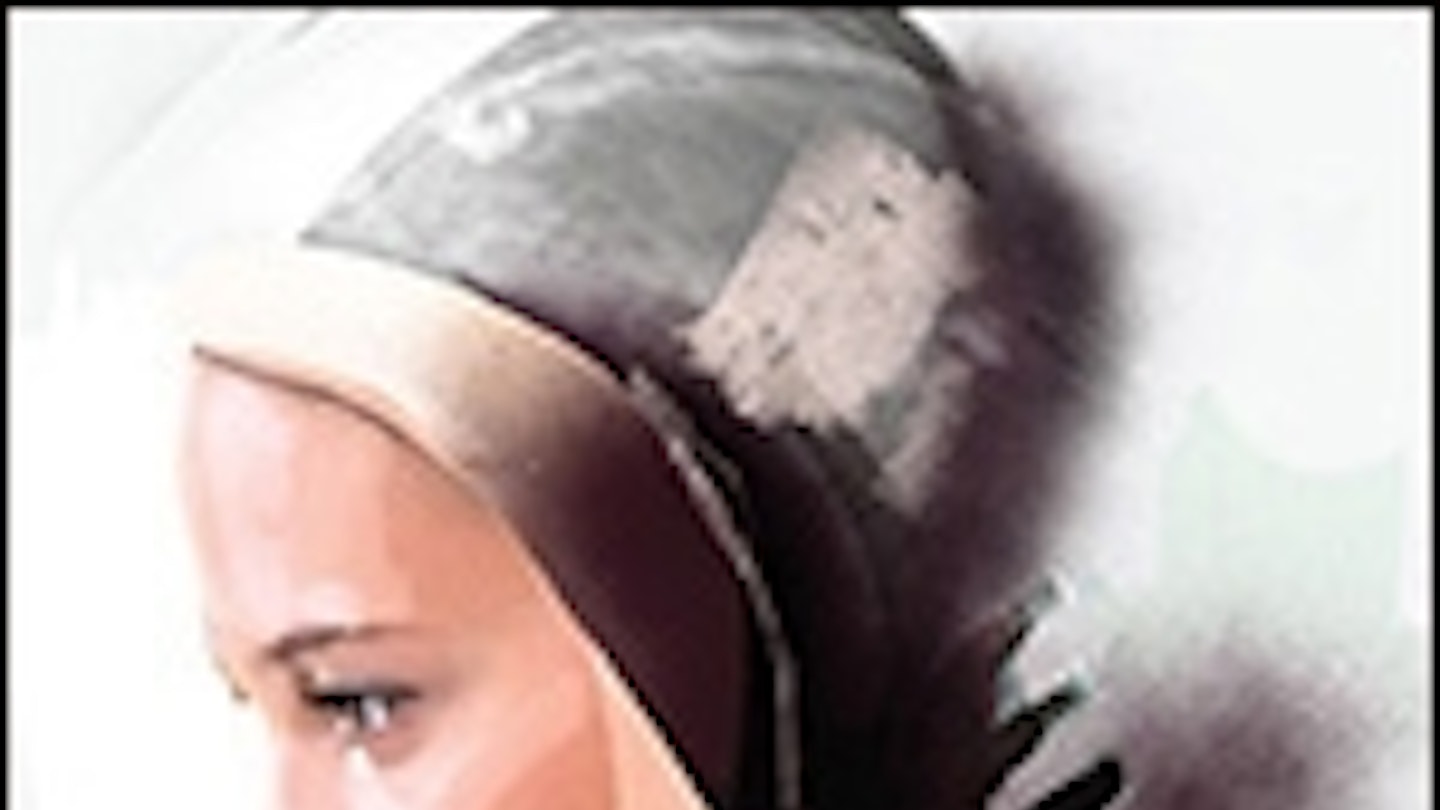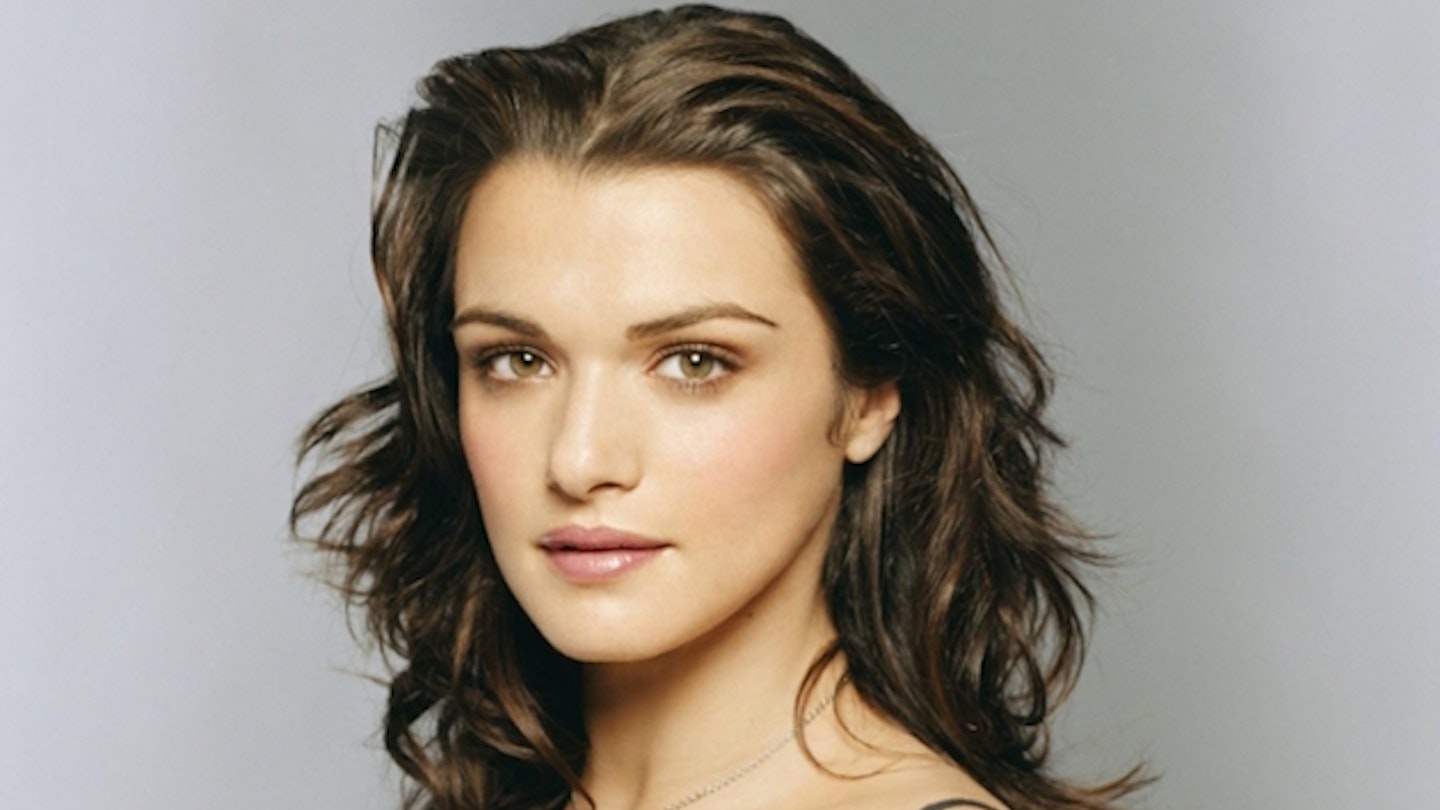Two long shadows fall over Dredd, the second attempt to get 2000AD’s gnarly, grizzled super-cop onto the big screen. One of them, as you might expect, is Danny Cannon’s 1995’s Judge Dredd, the Sylvester Stallone vehicle that looked the part, but misunderstood the fundamentals right down to the inclusion of Rob Schneider as comic relief.
The second, though, is somewhat unexpected. In an ideal world, we’d be able to see and assess films in a bubble, but this isn’t an ideal world. Just as it was virtually impossible to watch Prometheus without unbidden thoughts of Alien, so it goes with Dredd and The Raid, Gareth Evans’ blistering Indonesian action flick which, in a perfect storm of horrible timing, has virtually the same plot, right down to the chief baddie putting out a hit on the hero via building-wide intercom.
This wouldn’t be to Dredd’s detriment if The Raid hadn’t a) got there first and b) been the best action film in years. And so, as Dredd and Anderson tiptoe down dark corridors, where danger lurks around every corner, or bullet-bludgeon their way through Ma-Ma’s seemingly endless waves of expendable henchmen, it’s hard not to compare and contrast with Evans’ movie, where similar situations led to action that was vital, insanely violent and full of variety. Dredd retains the extraordinary violence (flesh pierces rippling bare flesh in loving slo-mo, a machine gun reduces a head to a pulp, and bodies spiral through 200 storeys before splatting), but the action is rather more circumspect and workmanlike – there are no dizzying camera moves, no sense of building momentum or mounting danger.
That, overall, Dredd manages to obliterate the memory of Judge Dredd (and to a lesser extent, The Raid) is largely attributable to one of the things it gets absolutely, incontrovertibly right: Dredd himself. John Wagner’s creation is a tricky one to represent on the big screen: dour, one-note, humourless, dedicated to upholding the law above all other things, he’s Dirty Harry wearing fascism like his gold badge. The obvious temptation is to judge the Judge and soften him, to make him glib, to introduce back story and a sense that there’s a living, breathing, caring, sharing human being under there.
Dredd’s director, Pete Travis, and screenwriter Alex Garland, the driving force behind the reboot, say “drokk that!”, and transplant Dredd straight from the comics onto the screen. This Dredd is a deadpan delight - he doesn’t grow as a person and he doesn’t crack wise. In fact, the movie generates its few laughs from his sheer intractability – a grunt here, a monosyllabic response there. It’s a role that has to be handled with care, and luckily Urban is excellent. Unlike Stallone, the helmet stays on (in a cute touch, we first see him from behind without the headgear) and, without recourse to his eyes, Urban is forced to give good lower head, leading with the manliest movie chin this side of Kirk Douglas, and growling his lines in an Eastwood-meets-Pazuzu rasp that just about manages to stay the right side of tough-guy parody.
With Dredd unchanging, and Lena Headey’s quietly chilling villainess, Ma-Ma, proving equally monomaniacal, the emotional arc is given to Thirlby, whose engaging Anderson has to grow up quickly as the bullets start flying.
The focus on a small core of characters (including, happily, The Wire’s Avon Barksdale, Wood Harris, as Headey’s right-hand dealer), and the decision to restrict the action to Peach Trees is a byproduct of Dredd’s relatively miniscule (for a comic-book adaptation) budget. Dredd doesn’t have the capital to do an enormous Dark Knight Rises-style denouement, with the big action set-piece, involving Ma-Ma firing a cannon even more dangerous to Dredd than Danny, coming halfway through. Impressively, though, it never looks bargain basement – the murky green/brown colour scheme, along with the brief opening in Mega-City One (Johannesburg with some CG enhancements), clearly show that this post-apocalyptic world is rundown, seedy, gone to pot.
And that murk allows Travis to escape occasionally into the (literal) Slo-mo sequences. The drug, which makes users perceive time at one per cent of its normal speed, isn’t just an excuse for Peckinpah apeing, but for genuinely surreal splashes of heightened colour that, thankfully, don’t outstay their welcome. The film’s use of 3D is often excellent (including the credits) and it really comes to life in the Slo-mo scenes – Headey’s introduction, swirling rainbow-coloured droplets of bath water around in a drug-induced haze, will make this – ironically - a stoner favourite. Hey, we’re not judging.
There’s certainly enough here, despite the clunky action and oppressively dour tone, to make the prospect of a sequel intriguing. With a bigger budget, Dredd could get to play in a bigger sandpit. There’s a whole Cursed Earth out there, just waiting to be explored. But, if it doesn’t come to that, this is an honourable attempt at giving an iconic character the adaptation he deserved. Just don’t double-bill it with The Raid.
